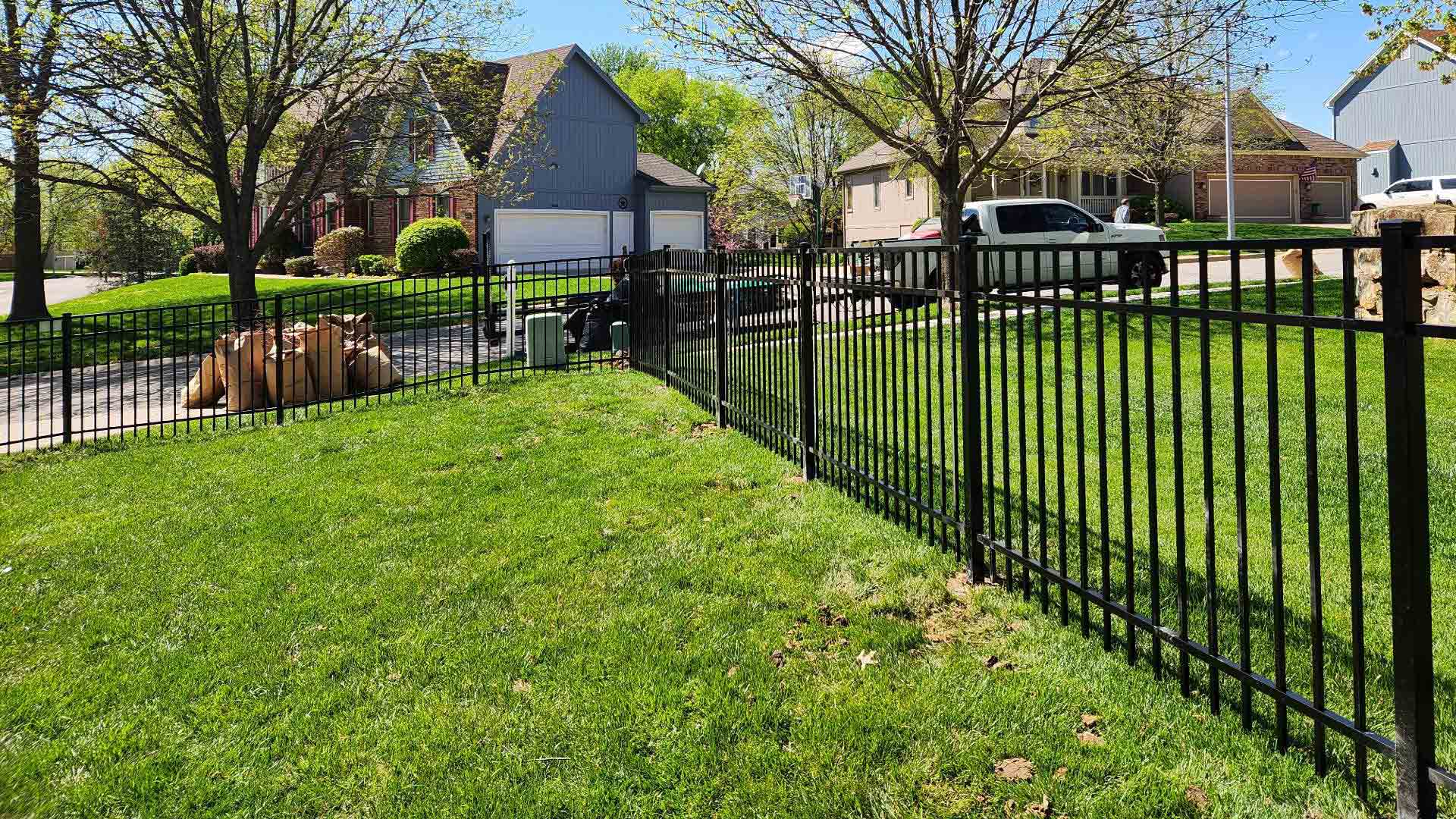1. Understand the HOA’s Rules and Regulations
Review the HOA Covenants, Conditions, and Restrictions (CC&Rs): Start by obtaining and reading the CC&Rs thoroughly. Look for any clauses specifically related to fences—such as height restrictions, materials, and aesthetics.
Check for Precedents: Ask the HOA management if there have been any exceptions to the fence rules in the past and what circumstances allowed for those exceptions.
2. Evaluate Your Legal Standpoint
Consult with a Lawyer: Understanding the legal boundaries within which you can operate is crucial. A lawyer can help interpret the HOA’s regulations and advise on any state or local laws that might override the HOA’s rules.
Check Local and State Laws: Some local or state laws might provide more leeway on what homeowners can do with their property, potentially overriding HOA rules.
3. Gather Support from Neighbors
Community Support: Talk to your neighbors to see if they share your views about the fencing rules. Gather signatures if many are in agreement with you for more leverage.
Build a Case with Examples: Collect images or examples of the desired fence type from other communities that show how it could enhance the aesthetic and property values.
4. Propose an Alternative Solution to the HOA
Request a Meeting with the HOA Board: Schedule a meeting to discuss your proposal formally.
Present Your Case: During the meeting, present your findings, examples, and the signatures of supportive neighbors. Highlight how your proposal may benefit the community as a whole.
Offer Compromises: Show your willingness to compromise, possibly by adjusting the design or materials to better fit the community’s standards.
5. Leverage Media and Social Pressure (if necessary)
Media Attention: Sometimes, bringing media attention to an issue can pressure an HOA to reconsider its stance, especially if the rule seems unreasonable or the dispute captures a broader public interest.
Social Media Campaigns: Use social media to gather support from wider community members who might influence the HOA’s decision.
6. Formal Dispute Resolution
Mediation: Before taking legal action, consider mediation. An impartial third-party can help negotiate a solution without the costs associated with court proceedings.
Arbitration or Legal Action: If mediation fails and you strongly believe in your case, arbitration or a lawsuit might be the next steps. This should be considered a last resort due to the potential costs and community strife.
7. Prepare for Long-Term Engagement
Stay Engaged with the HOA: After your initial proposal, stay active in HOA meetings and matters. Building positive relationships within the HOA can be beneficial for any future changes you might advocate.
Consider Running for the HOA Board: If you’re facing continual resistance, consider running for a position on the board during the next election cycle. This could change the dynamics and allow you to influence from within.
8. Document Everything
Keep Records: Maintain a detailed record of all communications, meetings, and decisions related to your proposal. This documentation will be crucial in case of disputes or legal proceedings.
Conclusion
Challenging an HOA decision requires patience, understanding of the legal environment, and strategic negotiations. It’s important to approach this situation diplomatically and be prepared for a long-term commitment to changing the rules in your favor.







